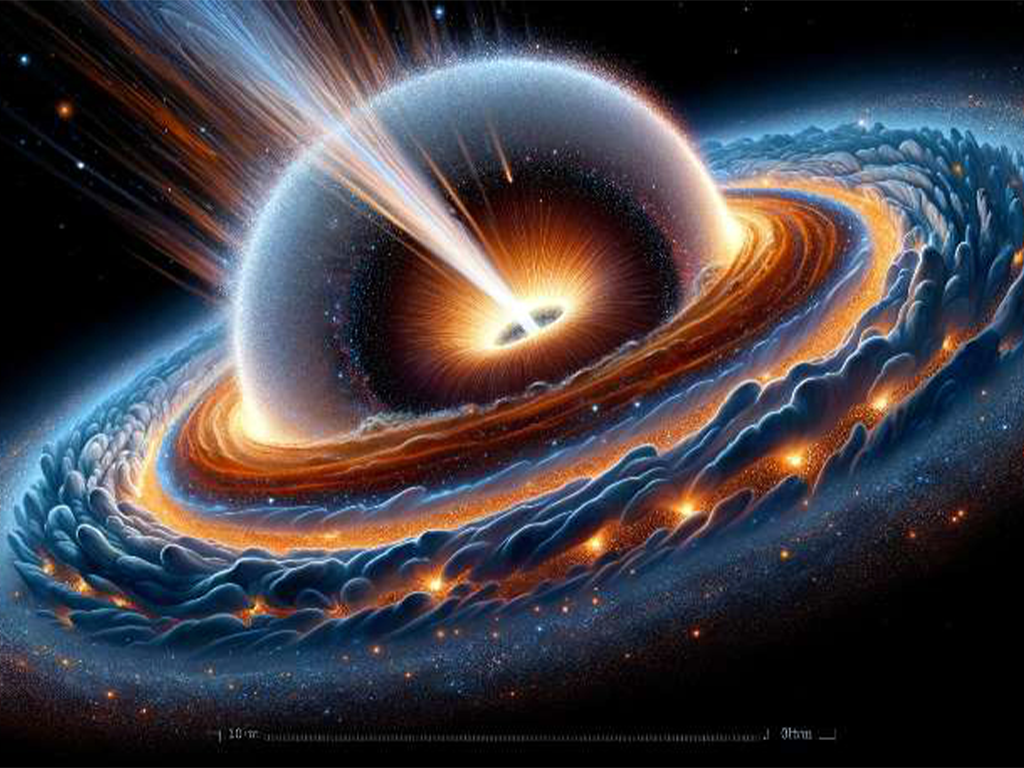Astronomers find thermonuclear supernova is new source of dust in early universe

Lizhi Wang, National Astronomical Observatories, Chinese Academy of Sciences
Texas A&M astronomers discovered a previously unknown source of dust in the universe—a thermonuclear supernova interacting with gas from its surroundings—bringing them one step closer to understanding the cosmos.
Dr. Lifan Wang, College of Arts and Sciences, worked with an international team to gather evidence on the condensation of dust particles following the explosion of a white dwarf star.
Cosmic dust is like dust on Earth in that it is formed by groupings of molecules that have condensed and stuck together as single grains. While the exact nature of cosmic dust creation is unknown, experts agree there is too much of it in the early universe to have been formed exclusively by stars.
“The formation of cosmic dust is of critical importance in astronomy,” said Dr. Lifan Wang, one of three co-first authors of the research study published Friday (Feb. 9) in Nature Astronomy. “It is related to literally all phenomena of the cosmos. Understanding the process by which it forms has been one of the key objectives of many modern-day astronomical missions.”
While astronomers have known that supernovae play a role in dust formation, Wang notes that prior to this study, dust formation had been seen only in core-collapse supernova, the explosions of massive stars.
Wang and his research group at Texas A&M contributed critical observational data taken by the Spitzer Space Telescope. Over the course of more than 1,000 days, the data showed a dramatic brightening in the infrared wavelength about one year after the supernova explosion—an increase in brightness that offers definitive proof of dust condensation.
Based on their data modeling, the team estimates that a large amount of dust—more than 1% of the mass of the sun—must have been created. As the supernova continues to cool over time, they predict, the amount of dust created should increase, perhaps tenfold.
While these dust factories aren’t as numerous or efficient as core-collapse supernovae, Texas A&M’s Wang says there may be enough of these thermonuclear supernovae interacting with their surroundings to be a significant or even dominant source of dust in elliptical galaxies.

